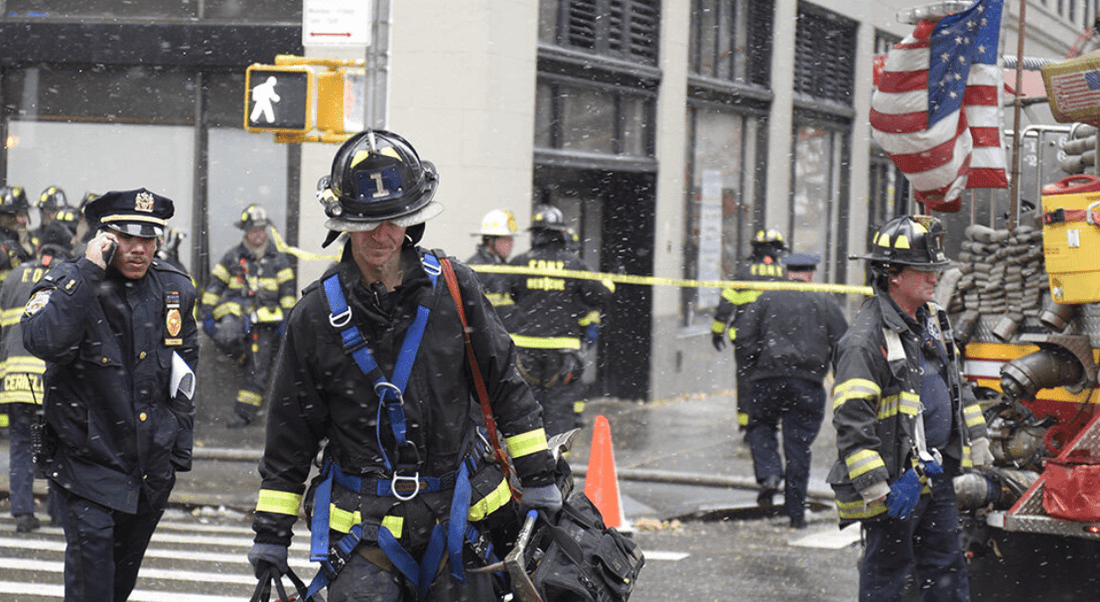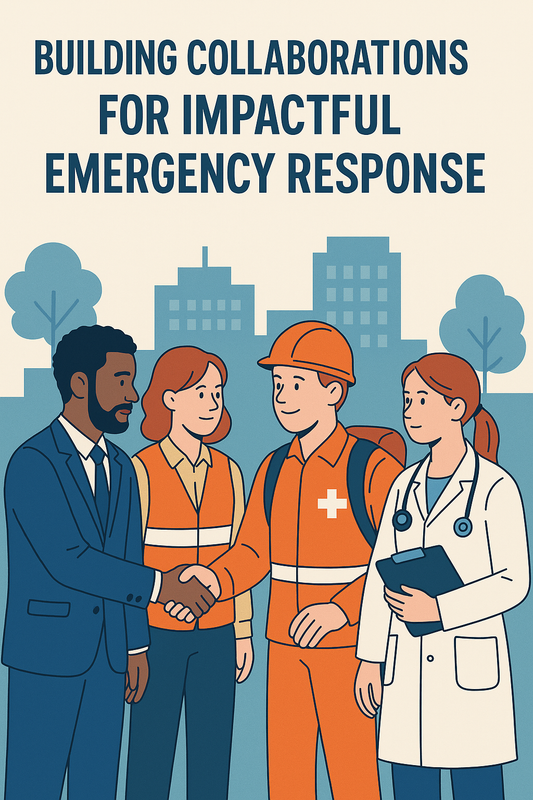
The Vital Role of First Responders in Building Resilience
Frequently Asked Questions
1. What is community resilience?
2. Who are considered first responders?
3. How do police officers contribute to community resilience?
4. What role do first responders play in psychological support during crises?
5. How does technology enhance the effectiveness of first responders?
In our rapidly changing world, the concept of community resilience has gained significant traction. At its core, resilience is the ability of individuals and communities to recover from adverse situations, whether that be natural disasters, public health crises, or everyday emergencies. A critical component of community resilience is the presence and effectiveness of first responders. This article delves into the essential roles played by police officers, firefighters, EMTs, and other first responders in fostering a resilient community.
Understanding Community Resilience
Community resilience refers to the capacity of a community to withstand, adapt to, and recover from various stressors and shocks. This resilience is not built overnight; it is cultivated through proactive planning, strong social networks, and a well-prepared emergency response infrastructure. First responders are at the forefront of this infrastructure, playing a pivotal role in ensuring safety and providing immediate help during crises.
The Backbone: Who Are First Responders?
First responders are professionals trained to provide emergency assistance in various situations. This group typically includes:
- Police Officers: Responsible for law enforcement and maintaining public order.
- Firefighters: Trained to extinguish fires and rescue individuals from dangerous situations.
- EMTs and Paramedics: Provide medical assistance and transport patients to medical facilities.
- Disaster Response Teams: Handle large-scale emergencies such as natural disasters.
These individuals are often the first to arrive on the scene of an emergency, and their presence is crucial for a swift and organized response.
The Role of Police Officers in Community Resilience
Police officers play multifaceted roles in enhancing community resilience. They work tirelessly to protect citizens, enforce laws, and promote safety. Highlighted below are a few vital roles they play:
Crime Prevention and Community Trust
Police officers are not only responders but also community builders. They engage in proactive measures to prevent crime, fostering relationships with community members. By creating trust and open communication lines, police can help communities feel safer and more connected. This trust is essential in times of crisis, as residents are more likely to cooperate with authorities and share vital information.
Emergency Response and Coordination
During disasters or emergencies, police officers often take charge of coordinating response efforts. Their leadership is vital in mobilizing additional resources, such as medical teams or rescue units, and ensuring that operations run smoothly. This coordination is crucial during chaotic situations, allowing communities to recover more quickly.
Education and Training
Education and training programs provided by police forces help equip community members with the knowledge and skills needed to respond to emergencies. This might include workshops on disaster preparedness or self-defense classes. Empowering citizens in such ways contributes significantly to community resilience.
The Interconnectedness of First Responders
While police officers are key players, they operate within a broader network of first responders. Collaboration among these groups enhances a community's resilience. For example:
Joint Training Exercises
Regular joint training exercises among firefighters, paramedics, and police officers ensure that all responders can work effectively together during an emergency. These drills foster camaraderie and develop a shared understanding of roles, which is crucial when quick decisions and actions are needed.
Integrated Resources
Sharing resources, such as communication technology and data systems, allows first responders to respond more effectively. By having access to integrated systems, first responders can assess situations accurately and allocate resources where they are needed most.
Community Engagement: The Power of Collaboration
The role of first responders in building community resilience extends beyond their immediate functions. Their involvement in community events and initiatives helps create a supportive environment. Here are some ways in which collaboration enhances resilience:
Community Events and Forums
Hosting community events, such as safety fairs or town hall meetings, gives first responders an opportunity to engage with residents, enhance trust, and educate them on safety measures. For instance, discussions about emergency procedures or the importance of having a disaster kit can empower residents to be more prepared.
Advocacy and Assistance Programs
First responders often lead advocacy efforts for vulnerable community members, providing necessary support during times of need. Programs that offer assistance to low-income families during crises can make a significant difference in building resilience.
The Psychological Impact of First Responders
In addition to their physical presence, first responders play a crucial role in the psychological well-being of a community. Crises often lead to mental health challenges among individuals. First responders are trained to recognize signs of trauma and can direct people to the necessary support services. This psychological support is an often-overlooked aspect of community resilience.
Post-Crisis Support
After emergencies or crises, first responders can coordinate with mental health professionals to provide support for affected individuals. Programs aimed at addressing stress and trauma can significantly enhance community recovery and overall well-being.
Championing Preparedness with Resources
A well-prepared community is a resilient community. First responders frequently recommend tools and resources to help residents prepare for emergencies. For example, local police departments might encourage families to create an emergency plan or build an emergency kit.
The Importance of Education and Resources
Just as you might consider buying a single origin coffee sample pack to diversify your taste in coffee, diversifying your preparedness resources is essential. Having different resources at your disposal can greatly enhance your readiness for emergencies. Whether it’s backup power sources, non-perishable food items, or connections to local first responders, being well-equipped can make all the difference when disaster strikes.
Investing in Technology for Resilience
To further bolster community resilience, first responders are increasingly utilizing technology. The advent of smart technologies has improved emergency response times and communication among first responders. Here are some examples:
Data Management Systems
Integrating data management systems allows various emergency services to share vital information in real time, ensuring better coordination and resource allocation. This technology empowers first responders to assess incidents quickly and act accordingly.
Social Media and Communication
Social media platforms play an important role in disseminating information quickly during crises. First responders can update the public in real time about safety measures, road closures, or evacuation orders, fostering a sense of safety and community awareness.
Celebrating First Responders
As we reflect on the significant impact of first responders, it’s essential to recognize their service and dedication. Building an environment of support for these individuals not only honors their work but also enhances community resilience. Showcasing various appreciation events can create stronger community bonds and empower citizens to engage more actively in supporting first responders.
Making the Connection: Community and First Responders
The interplay between community and first responders is profound. The foundation of community resilience lies in the proactive measures taken by both individual citizens and first responders alike. By fostering trust, collaboration, and education, communities can build a safety net that supports everyone in times of need.
Empower Your Community: Join the Movement
In closing, it’s essential to become an active participant in developing community resilience. Engage with local first responders, attend community safety events, and support initiatives that focus on preparedness. Community resilience is a collective effort—together, we can create a safer, more resilient future for all. Embrace the spirit of collaboration, and be part of a community that stands firm in the face of adversity!
Visit one of our fellow Shopify or Wix users' stores by clicking this store link. Please note that this is a promotional link, and we are not responsible for the content of the linked store.




